Experts are planning a delicate operation to recover one of Scotland’s most important Pictish stones after it was felled by high winds.
The 1,200-year-old Aberlemno cross slab crashed down earlier this month.
It came just days after locals warned Historic Environment Scotland (HES) about the safety of a wooden box covering the 2.8 metre high roadside monument.
HES covers the stones each winter to protect them from the elements.
The Aberlemno III stone is widely regarded as the most important of four Pictish monuments in the village between Forfar and Brechin.
The heritage body rejected suggestions that it had done nothing to secure the wooden cabinet after the alarm was raised.
But the measures were not enough to prevent the ‘heartbreaking’ collapse of the internationally significant artefact.
It has since been covered by another box to avoid further damage.
HES has now confirmed the ancient slab is to be removed within weeks for detailed examination.
Aberlemno stone damage assessment difficult on site
A spokesperson said: “Our stone conservators have completed an on-site condition check of the Aberlemno III stone.”
The wooden box and stone crashed down on a dyke running behind the site.
It made it difficult for experts to ascertain the full extent of the damage.
HES added: “Due to limited access in its current location, the assessment was partially conducted on only one face of the stone.
“A comprehensive assessment will be provided once the stone is transported to our conservation centre next month.
“The protective box will remain in place until the stone is lifted from the site, ensuring its safety in its current location.”
Meanwhile, the winter boxes on the other Aberlemno stones are about to be removed for the summer season.
However, there are already fears over the length of time the assessment of Aberlemno III might take – and the prospect of it returning to Angus.
It is described by HES as an “extraordinary” monument.
The north-facing side is dominated by a carved cross. It is flanked by Bible-carrying angels.
On the reverse, a hunting scene features deer, hounds, and a spear-carrier. It also has ornate Pictish crescent and rod symbols.
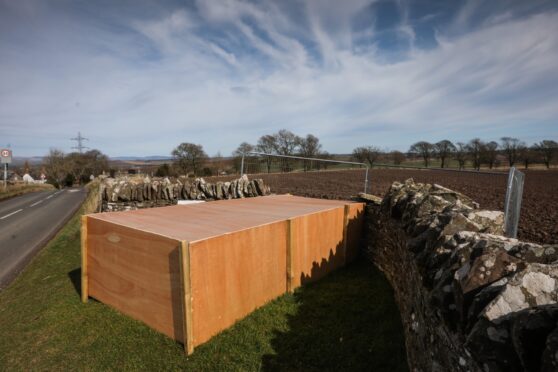
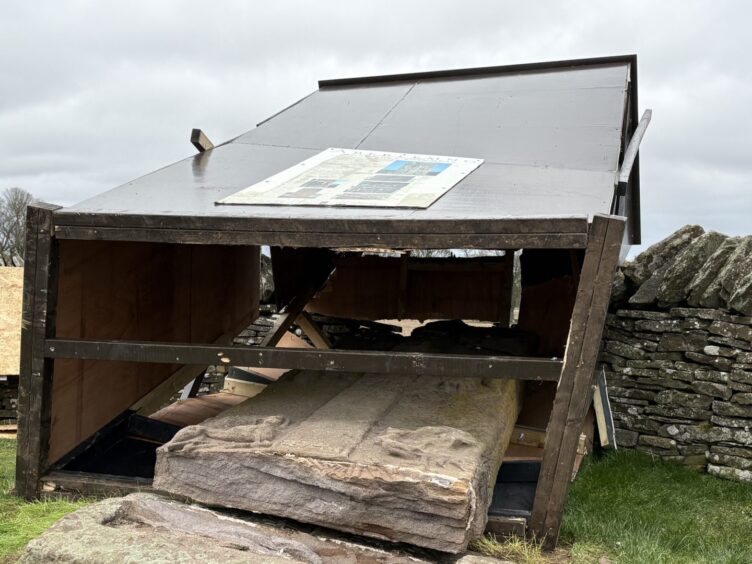
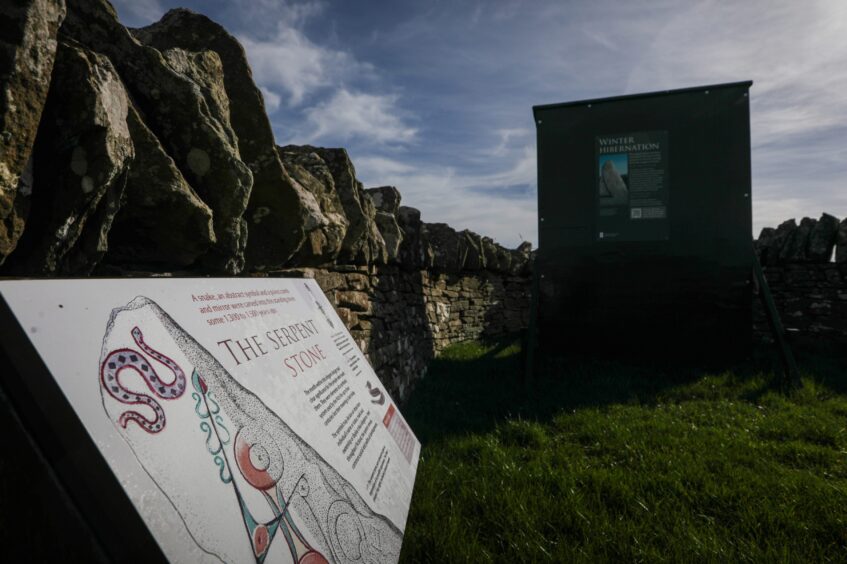

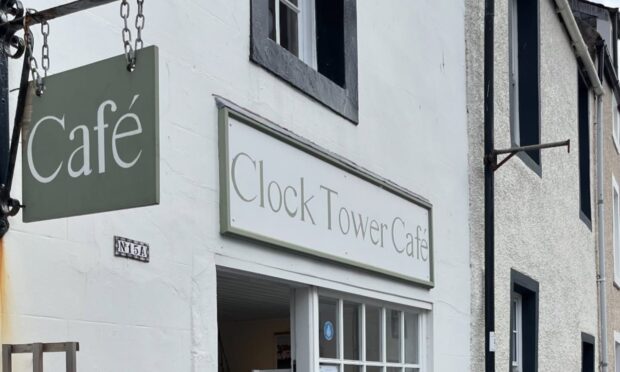

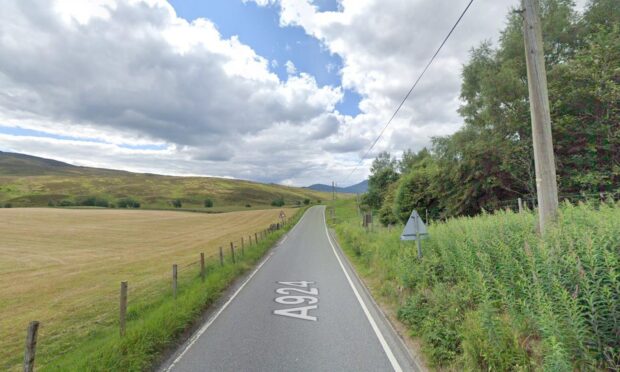
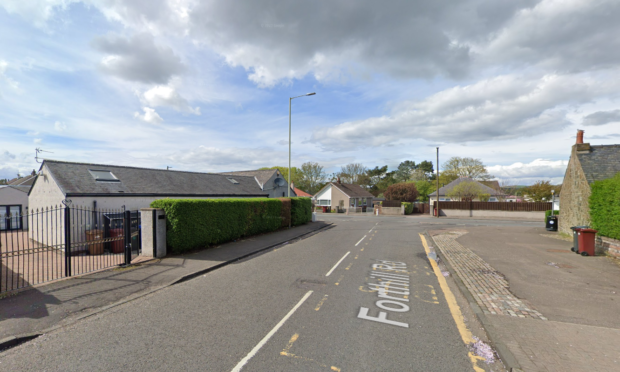

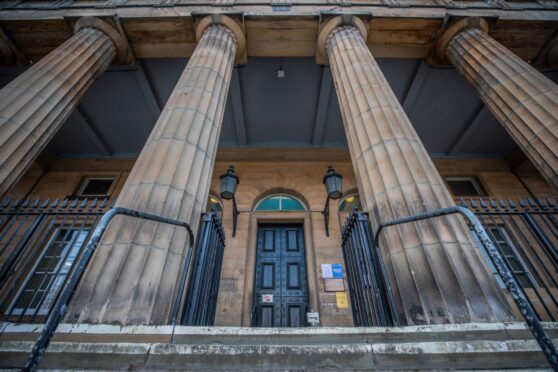
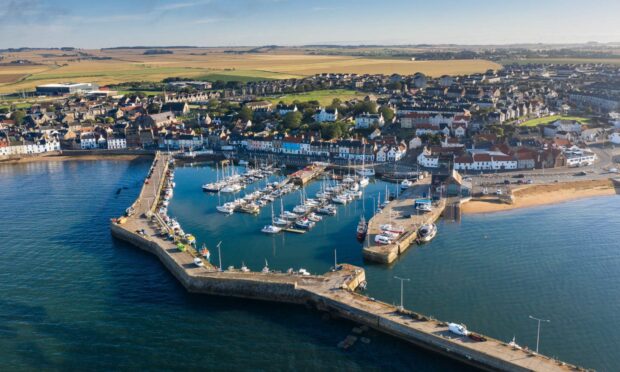

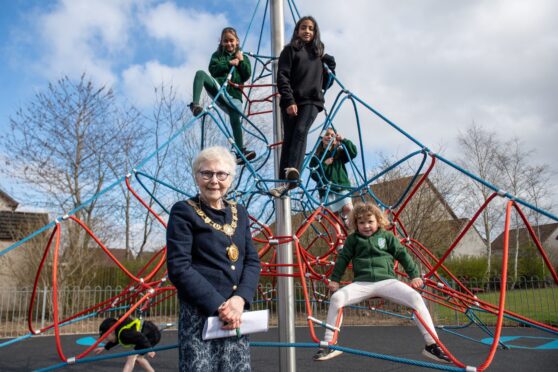
Conversation